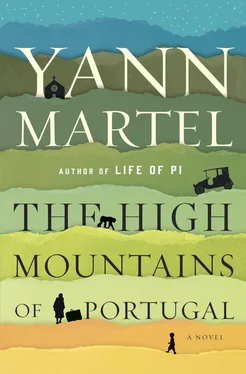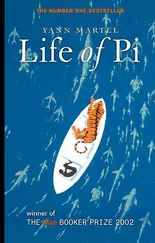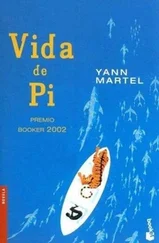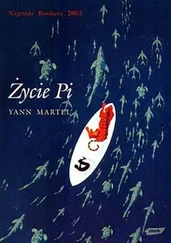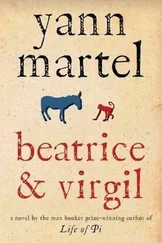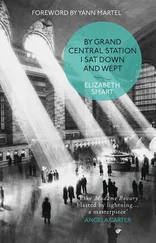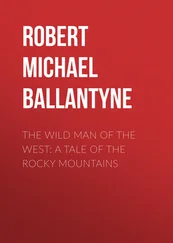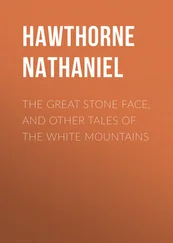“The sad fact is that there are no natural deaths, despite what doctors say. Every death is felt by someone as a murder, as the unjust taking of a loved being. And even the luckiest of us will encounter at least one murder in our lives: our own. It is our fate. We all live a murder mystery of which we are the victim.
“The only modern genre that plays on the same high moral register as the Gospels is the lowly regarded murder mystery. If we set the murder mysteries of Agatha Christie atop the Gospels and shine a light through, we see correspondence and congruence, agreement and equivalence. We find matching patterns and narrative similarities. They are maps of the same city, parables of the same existence. They glow with the same moral transparency. And so the explanation for why Agatha Christie is the most popular author in the history of the world. Her appeal is as wide and her dissemination as great as the Bible’s, because she is a modern apostle, a female one — about time, after two thousand years of men blathering on. And this new apostle answers the same questions Jesus answered: What are we to do with death? Because murder mysteries are always resolved in the end, the mystery neatly dispelled. We must do the same with death in our lives: resolve it, give it meaning, put it into context, however hard that might be.
“And yet Agatha Christie and the Gospels are different in a key way. We no longer live in an age of prophecy and miracle. We no longer have Jesus among us the way the people of the Gospels did. The Gospels of Matthew, Mark, Luke, and John are narratives of presence. Agatha Christie’s are gospels of absence . They are modern gospels for a modern people, a people more suspicious, less willing to believe. And so Jesus is present only in fragments, in traces, cloaked and masked, obscured and hidden. But look — he’s right there in her last name. Mainly, though, he hovers, he whispers.”
A smile creeps across Maria Lozora’s face as she watches for his reaction. He smiles back but stays silent. If he is honest, it is jarring to hear Jesus Christ and Agatha Christie, the apostle Paul and Hercule Poirot so closely matched. The Pope in Rome will not be pleased to hear that he has a serious rival in the form of a forty-eight-year-old woman from Torquay, England, the author of many highly engaging entertainments.
Maria speaks again, her gentle voice coming like an embrace. “That’s the great, enduring challenge of our modern times, is it not, to marry faith and reason? So hard — so unreasonable —to root our lives upon a distant wisp of holiness. Faith is grand but impractical: How does one live an eternal idea in a daily way? It’s so much easier to be reasonable. Reason is practical, its rewards are immediate, its workings are clear. But alas, reason is blind. Reason, on its own, leads us nowhere, especially in the face of adversity. How do we balance the two, how do we live with both faith and reason? In your case, Eusebio, I thought the solution would be stories that put reason on brilliant display while also keeping you close to Jesus of Nazareth. That way you can hold on to your faith, should it ever waver. And so I give to you: Agatha Christie.”
She is radiant. Her two-word gift, wrapped in spools of speech, is now in his lap. From decades of experience he knows that his turn to intervene has come. But he is unexpectedly tongue-tied. What? The miracles of Jesus, Jesus benefitting the human body, Jesus walking on water, Jesus the allegorist saved by other allegorists, Jesus the victim in a murder mystery, Jesus a whispering background character in Agatha Christie — all that winding argumentation so that he might read his favourite writer with greater religious comfort ? He stumbles his way to words. “Thank you, Maria. I’ve never thought of Agatha Christie in this way. It’s a—”
“I love you,” his wife interrupts him, “and I’ve done this for you. All you ever read is Agatha Christie. Next time you’re at home sick with sadness pick up one of her books and imagine you’re in a boat. Standing on the water alongside the boat is Jesus of Nazareth. He begins to read the Agatha Christie to you. The warm breath of God, who loves you, comes off the page and touches your face. How can you not smile, then?”
“Why, M-M-Maria—” he cries. What is this stammer that is suddenly afflicting him? He looks at her and is reminded of that for which he is grateful, the rich earth and the sun and the rain and the crops. “My angel, it’s so kind of you! I’m truly thankful.”
He stands and moves around the desk towards her. She also gets to her feet. He takes her in his arms. They kiss. She is cold. He holds her tighter to warm her with his body. He speaks into her shoulder. “It’s a wonderful gift. I’m so lucky to have—”
She pulls back and pats his cheek. “You’re welcome, my dear husband, you’re welcome. You’re a good man.” She sighs. “I should be getting home. Can you help me put the books back in the bag, please?”
“Of course!” He bends down to pick up the volumes that fell to the floor. Together they fill the bag with all the Agatha Christies and walk the few steps to the door of his office. He opens the door.
“You left the milk out,” she says on the threshold. “For three days. It’s gone bad. It stinks. I didn’t notice, since I never drink the stuff. If you’re going to work all night, get some fresh milk on your way home. And buy bread. Make sure you don’t get lentil bread. It gives you gas. And lastly I’ve brought you a little gift. Don’t look now. I’m leaving.”
But still he wants to hold her back, to thank her for the gift of her, his dear wife of thirty-eight years, still he wants to say things to her.
“Shall we pray?” he asks, typically a good way to stop his wife in her tracks.
“I’m too tired. But you pray. And you have work to do. What are you working on?”
He looks at his desk. His work? He’d forgotten all about his work. “I have a number of reports to write up. One case is particularly unpleasant, a woman who was pushed off a bridge. A wicked murder.”
He sighs. Only the autopsies of babies and children are worse — all those toy organs. Otherwise, there is no greater abomination than the decomposed human body. Two or three days after death, the putrefying body manifests a greenish patch on the abdomen, which spreads to the chest and to the upper thighs. This green tinge is the result of a gas produced by bacteria in the intestinal system. During life, these bacteria help digest food, but in death they help digest the body. Nature is full of such friends. This gas contains sulphur and it smells foul. Some of it escapes from the rectum — the decaying body is often smelled before it is seen. But there is shortly much to be seen. When the gas has finished discolouring the skin, it proceeds to bloat the body. The eyes — their eyelids puffed — bulge out. The tongue protrudes from the mouth. The vagina turns inside out and is pushed out, as are the intestines from the anus. The colour of the skin continues to change. After a mere week, a pale white body, if given over to thoroughgoing, wet gangrene decomposition, will go from pale green to purple to a dark green marbled with streaks of black along the veins. Seeping blisters grow and burst, leaving puddles of rot on the skin. Cadaver juices seep out of the nose, the mouth, and other body orifices. Two of the chemicals found in these fluids are called putrescine and cadaverine, nicely capturing their aroma. By the second week of death, the body is taut with swelling, especially the abdomen, scrotum, breasts, and tongue. The slimmest person becomes gross with corpulence. The distended skin rips and starts to come off in sheets. Within another week, hair, nails, and teeth lose their grip. Most internal organs have ruptured and begun to liquefy, including the brain, which in its last solid phase is a dark green gelatin. All these organs become a stinking, gloppy river that flows off the bones.
Читать дальше
